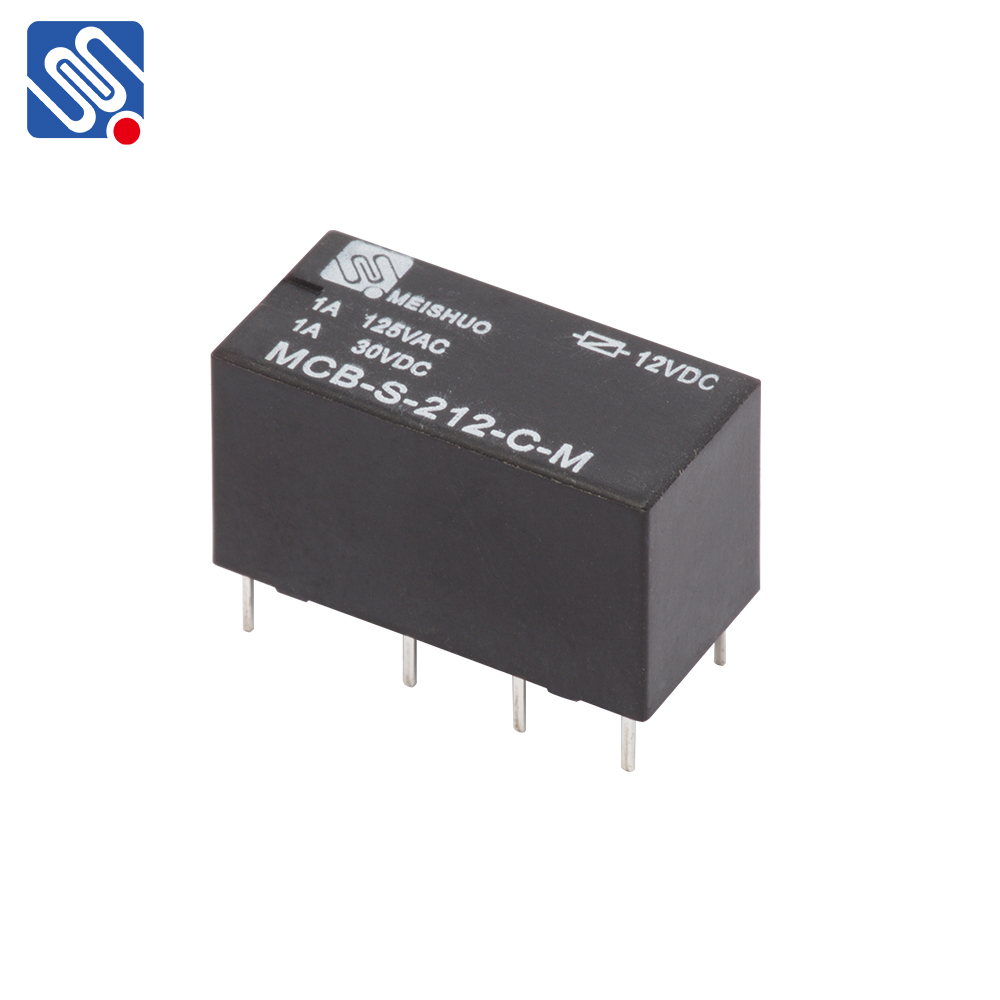Relay signals are a fundamental part of electrical and automation systems, playing a critical role in controlling circuits through electrical switches. These signals, transmitted via relays, are integral to numerous industrial, commercial, and residential applications. In essence, relay signals allow for the remote operation of electrical devices, providing flexibility, safety, and efficiency in a wide range of processes. This article explores the significance of relay signals, their working principle, and their applications in modern automation systems.

What Are Relay Signals? A relay is an electrically operated switch that opens or closes a circuit when it receives a control signal. The control signal, often called a “relay signal,” is usually an electrical current or voltage that activates the relay mechanism. Once the relay is activated, it causes mechanical movement in the switch, thereby either connecting or disconnecting the circuit. Relay signals are classified into several types based on their function: Input Signal: The input signal is what triggers the relay’s activation. This signal can come in many forms, such as a voltage pulse, a current signal, or even a simple switch press. The input signal often originates from a control device like a PLC (Programmable Logic Controller) or a manual switch.
Leave a Reply